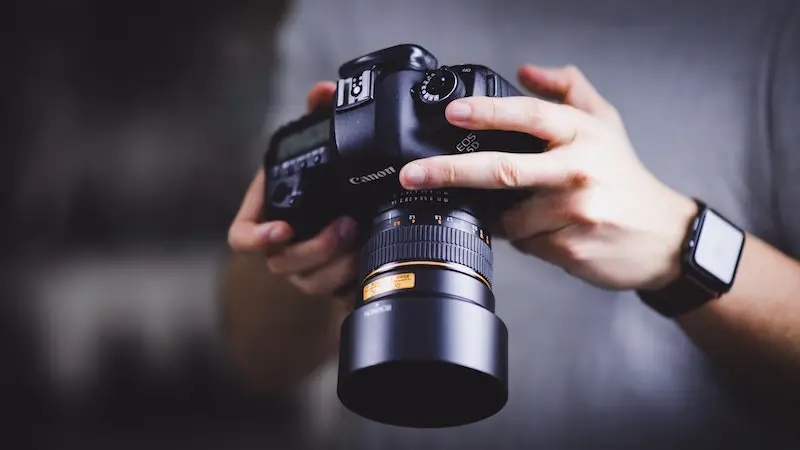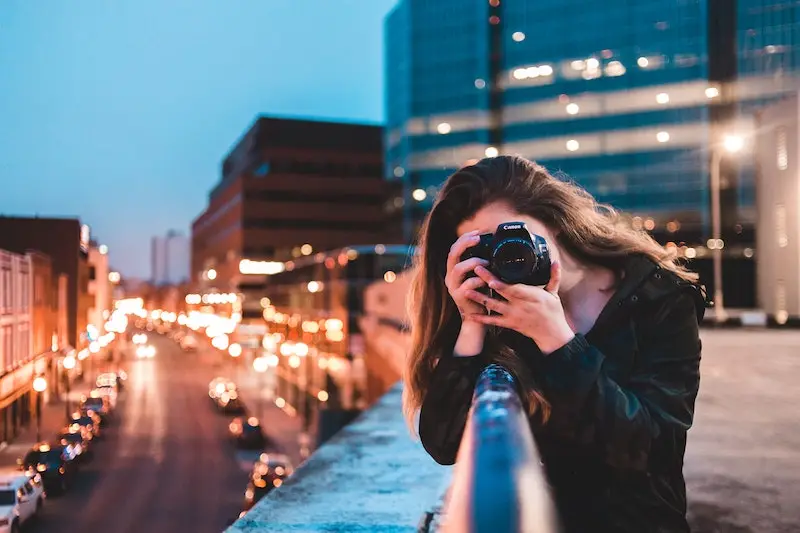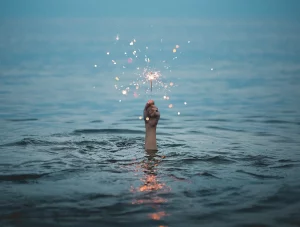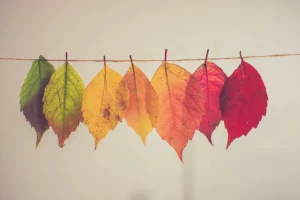Photography is an art in its own right that requires fundamental learning to master its keys.
Beginners sometimes tend to overlook certain details and important steps that reduce the quality of their shots. Like any discipline, it is essential to practice in order to learn the techniques and notions essential to the success of dazzling shots. This expertise allows us to minimize the repetition of frequent errors that undoubtedly impact the product of a photo shoot. Getting technical advice on how to create beautiful photos is, therefore, a mandatory way to get started or make progress. Here are 8 mistakes to avoid when it comes to photography.
Table of contents
Not maintaining your equipment
When we pick up a camera, we tend to initially focus more on the desired result than on the details that contribute to it. The first step is to clean your equipment properly. The cleanliness of the accessories is a sine qua non condition for not altering the quality of the shots. If spots are present in the image, but absent on the filters or on the lens, then there is a problem with the sensor.
Many beginners, through lack of vigilance, collect a series of unusable photos, spoiled by the presence of a speck of dust or a stain. Checking before each use and regular maintenance with a chamois or microfiber cleaning cloth will avoid unpleasant surprises.

Forgetting to adjust your camera's settings
For neophytes, automatic mode is an integral part of using hybrid or DSLR cameras. However, this habit cannot be maintained if real expertise is to be acquired. Not being interested in other modes is an error that reduces the range of possibilities.
In addition, once the other modes have been discovered and adopted, it becomes necessary to carry out certain checks before each use. The time interval between different shots may be significant, so it is important to make sure that the parameters correspond to the present conditions. Indeed, depending on the location, the time and the target, the white balance, the ISO, the lens aperture and the mode must be modified. The lighting and dominant colours of a place are two decisive elements, which must be systematically taken into account when selecting the settings.
Choosing the wrong lens
In general, a wide-angle lens is recommended when it comes to photographing large spaces and a telephoto lens for a sporting event or for an excursion in the countryside. However, the use of this equipment is not limited to a specific use. In addition to equipping yourself with the wrong lens, or going out without the right one(s), you must be familiar with the characteristics of each piece of equipment to avoid common errors.
It is worth noting that a wide-angle lens for a close-up shot will elongate or even distort the target, while a telephoto lens will compress the image.
Being content with using the built-in flash
When taking your first steps in photography, it is usual to limit yourself to practicing with basic equipment, without appreciating the importance of acquiring additional tools. The list of very useful accessories includes:
- filters;
- lenses;
- the different types of lenses;
- tripods;
- flashes.
If you are taking photos in a studio, you will also need:
- umbrellas;
- light boxes;
- reflector kits;
- backdrops.
At first, the built-in flash already present on the camera may seem sufficient. This is the case when a beginner photographer does not see the possibilities that an external flash offers. However, after a while, any young photographer wants to put an end to the harsh shadows and lack of aesthetics that come with red eyes.
Adding a flash to the camera’s hot shoe allows you to enjoy sophisticated lighting. Moreover, the external flash directs the light on the areas chosen by the photographer and adapts to their desires. Once you’ve acquired this accessory, it becomes unthinkable to limit yourself to the camera’s built-in flash.
Not using a tripod
In the same vein, the tripod is an indispensable accessory that offers a new horizon to the beginner photographer. Many apprentices limit themselves to shots taken at arm’s length and neglect the importance of stabilizing the camera.
At first glance, photos taken by hand with a high shutter speed are generally satisfactory. However, it is common to use a tripod to avoid facing a series of blurred photos. Night shots, astrophotography or even timer shots are much more successful when they result from the use of a tripod. Especially since tripods are now lightweight and compact and can be easily transported.
Finally, the remote control is a perfect addition to the photographer’s toolbox, ideal for limiting any possible vibration when the trigger button is pressed.
Forgetting the importance of the background
An indispensable quality possessed by photographers: an eye for detail. Portraits, group images, photos that generally focus on a subject sometimes lose the eye of the artist who fails to pay attention to the background. This important step allows you to avoid common mistakes such as:
- the presence of undesirable subjects;
- a detail that is based on and prompted by a person present in the image;
- the appearance of a shape, an object, behind the head of a model.
Not thinking about the composition of a photo
For a better visual rendering, photographers must compose their photos just like a painter composes a canvas. When learning, the results are sometimes unattractive, and for good reason, it is essential to know the rule of thirds to start out with.
Some simple tricks to be aware of when creating a successful image:
- consider a different position away from eye height (higher or lower viewpoint);
- vary the viewing angles (low angle, high angle, etc.) ;
- the subject(s) must occupy one third of the shot;
- don’t divide the composition of the photo into two equal parts.

Choosing the wrong photo format
A camera allows you to save images in JPEG or RAW format. Choosing the wrong format is a common error, which cannot be corrected later. It is advisable to favour the RAW format as much as possible, as it does not compress the images and offers a wider range of possibilities for photo editing in the future.
Once these different elements are taken into account, the sessions and results are different, embellished, and more successful. Don’t forget to pay attention to the importance of planning your sessions, choosing the moment when the light is ideal and making sure that you have one or more fully charged batteries. Visiting the location of upcoming shoots is a common practice that permits reconnaissance. However, it is still possible to scout the location by going online, thanks to satellite views, image banks and Google street view. This habit is very useful for developing ideas, avoiding disappointments and discovering bright conditions. Finally, the last major mistake adopted by a large number of photographers is to assume that post-production editing can compensate for mistakes. By thinking like this, the photographer does not give it their all in the moment and consents to being less demanding of their art.









